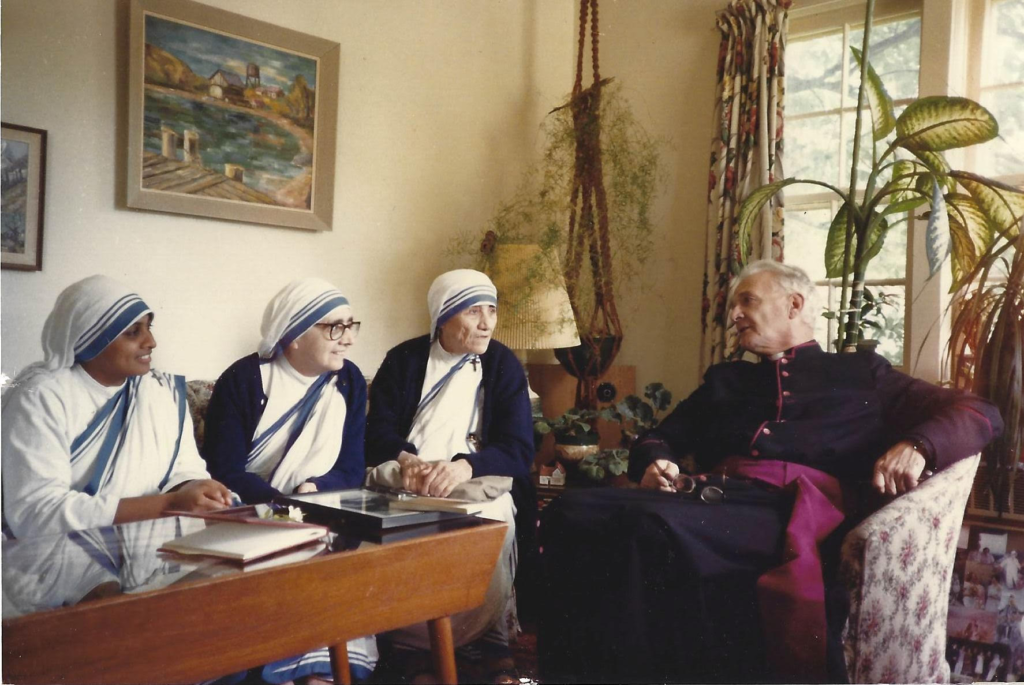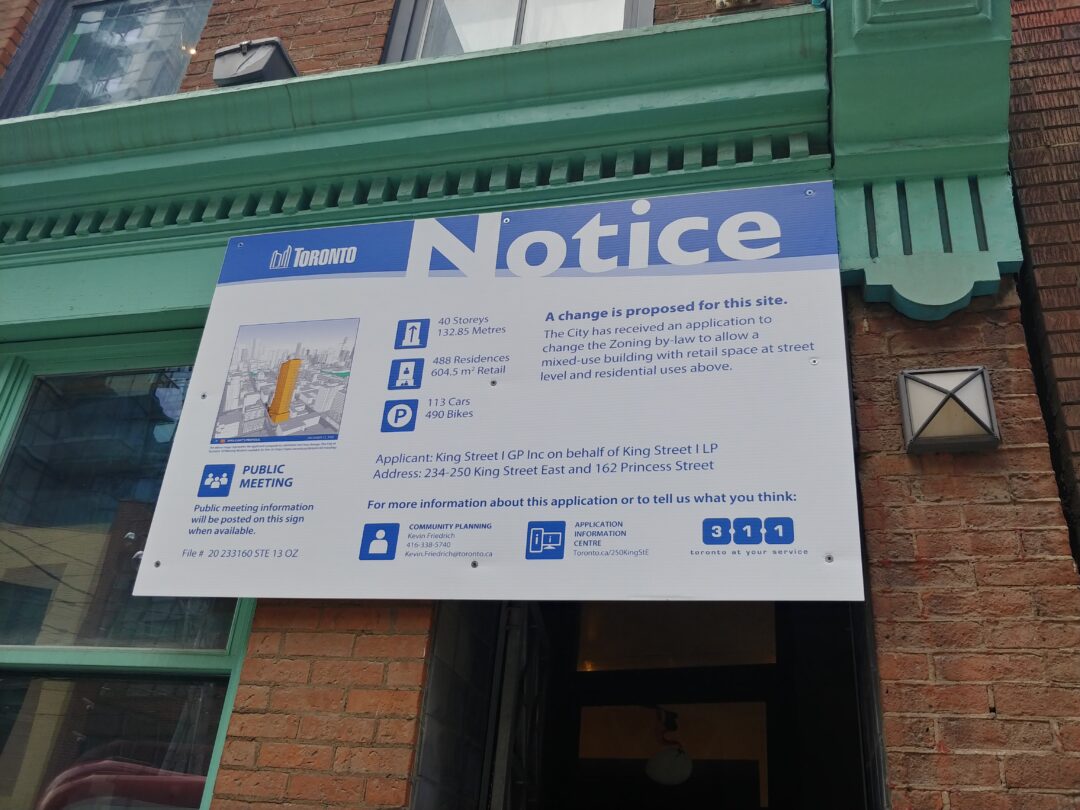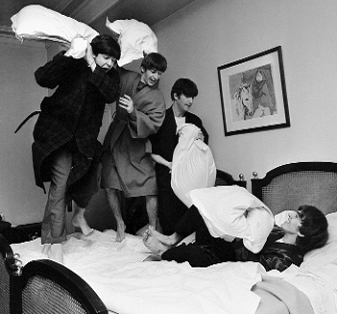By Father Walter Hannam –
The face of Regent Park has changed almost completely in the past two decades. Someone who grew up in the neighbourhood between the late 1950s and 2006 returning for a visit will find almost nothing familiar south of Dundas apart from the Community Health Centre, the Fire Station, the Community Garden, and St. Bartholomew’s Anglican Church. Of these, only one predates the building of the ruins of old Cabbagetown — St. Barts.
St. Bart’s has never been a wealthy parish. It has never had an endowment fund. Yet it has survived the Great Depression, two world wars, and the near wholesale demolition of the neighbourhood around it — twice! At a time when most Anglican churches in Canada are experiencing attrition and decline, St Bart’s has seen a remarkable renewal over the past decade. What is its secret?
A parishioner might say, “St. Bart’s survives because the two things that matter supremely abide; the service of Almighty God in holy worship and in our neighbours.” These two things are what St Bart’s has been known for in the longest of living memories.
When the young Charles Pasher returned from the horrors of the Great War, he brought a wound from an enemy bullet and a sense of the Church, in- formed both by the tradition of the Anglican Catholic Revival, and the simple piety of a French peasant he witnessed in the war.
Sent to St. Bart’s as an assistant priest in 1923, Father Pasher never left, dying during a visit to a parishioner in 1959. He is remembered for his love of Jesus in the Blessed Sacrament and for delivering apples and medicinal spirits to indigent parishioners. His eulogist remarked that his hearers have seen God in a man; ‘For God is Love.’
Father Pashler didn’t live to see the first Regent Park completed, but many who lived here during the 1970s, ‘80s and early’ 90s remember Father Robert Greene. A tank gunner in the Italian campaign of the Second World War, Father Greene is remembered as an indefatigable visitor who brought truckloads of furniture to needy families and visited parishioners in the Don Jail. When Mother Teresa of Calcutta visited Toronto in 1986, she asked to be taken to St. Bart’s, ‘where they feed the poor.’

These two priests were clear that love of God and love of neighbour are one. To that end Father Pashler beautified the church with statues and vestments. He crafted a liturgy that involved the whole person — not just the mind, but the senses. Incense filled the air and the people were blessed with Holy Water; the finest vestments were procured; and a young student of Healey Willian was hired to direct the choir. Father Greene maintained the liturgy and add- ed a breakfast program, a food bank, and an after-school drop- in for children.
Today St. Bart’s lives very much in the present. Not only on Sundays and holy days but throughout the week, it continues the life of prayer and worship. At the Parish Mass on Sun- days and on many special feast days its traditional liturgy features some of the finest choral music in Toronto. On weekdays the services are simpler — said, rather than sung — providing space for quiet contemplation.
The breakfast program and food bank begun by Father Greene still run out of the church basement. And new initiatives continue to emerge. During the pandemic lockdowns, for instance, a group of young parishioners delivered food to the Toronto Community Housing seniors’ residence at 252 Parliament Street.




